
Maintaining a clean litter box is crucial for your cat's health and happiness, but how often should you change the litter to keep it fresh and odor-free? The answer is: it depends.
Content:
- General Guidelines for Changing Cat Litter
- Factors Influencing How Often to Change Cat Litter
- Signs It's Time to Change Your Cat's Litter
- Daily Scooping vs. Full Litter Change: What's the Difference?
- How To Clean a Litter Box
- Litter Box Maintenance with Neakasa Mineral Cat Litter
- Easier Ways to Maintain a Clean Litter Box
General Guidelines for Changing Cat Litter
1. Daily Scooping:
- Frequency: Scoop the litter box at least once a day.
- Method: Use a slotted scoop to remove clumps of urine and feces. Dispose of the waste in a sealed bag or container.
- Benefits: Daily scooping helps maintain cleanliness, reduces odors, and encourages your cat to use the litter box consistently.
2. Full Litter Change:
- Frequency: Perform a full litter change every 2-4 weeks, depending on the type of litter and the number of cats.
- Method:
a. Empty all the litter from the box.
b. Wash the litter box with mild soap and warm water. Avoid using harsh chemicals or strong-scented cleaners.
c. Rinse thoroughly and allow the box to dry completely.
d. Add fresh litter to the clean box.
- Benefits: A full change helps prevent the buildup of bacteria and odors, ensuring a hygienic environment for your cat.
3. Regular Cleaning Routine:
- Weekly Check: Even if the litter seems clean, check the box weekly to ensure it’s not overdue for a full change.
- Deep Cleaning: Periodically, give the litter box a deep clean by scrubbing it thoroughly and replacing all the litter to maintain optimal hygiene.
By following these general guidelines, you can ensure that your cat's litter box remains clean, inviting, and free of unpleasant odors, promoting a healthy and comfortable environment for your feline friend.
In fact, there are many factors in life that are influencing how often to change cat litter. In this article, we'll are going to discuss how the type of litter you use and what are the factors can impact the frequency of changes, and other details you should know when it comes to the cleanliness of your litter box.
Finally, we'll share some easy ways to keep your cat's litter box clean and inviting. Whether you're a new cat owner or a seasoned pro, these insights will help you ensure a clean and comfortable environment for your feline friend.
Factors Influencing How Often to Change Cat Litter
Several factors influence how often you should change your cat's litter. Understanding these factors can help you develop a routine that keeps the litter box clean and inviting for your feline friend. Here are the key factors that influence how often you should change kitty litter:
1. Number of Cats:
The number of cats using the litter box is a primary factor affecting how often you need to change the litter.
More cats mean more waste, which can quickly lead to a dirty and odorous litter box. In multiple cats households, the litter will need to be changed more frequently to maintain cleanliness and reduce the risk of territorial disputes. For example, a single cat might require a full litter change every 2-4 weeks, whereas a household with multiple cats might need weekly changes or more frequent maintenance.
2. Type of Litter:
Different types of cat litter have varying absorbency levels and odor control capabilities, which can impact how often you need to change it.
Clumping cat litter forms solid clumps when it comes into contact with moisture, making it easier to scoop out waste and prolong the life of the remaining litter. Non-clumping cat litter, on the other hand, may not control odors as effectively and can become saturated more quickly, necessitating more frequent changes. Specialty litters, such as silica gel or biodegradable options, may offer superior odor control and longer-lasting freshness, reducing the frequency of full changes.
3. Cat’s Health and Diet:
A cat's health and diet can significantly influence the condition of the kitty litter box.
Cats with certain health issues, such as urinary tract infections or digestive problems, may produce more waste or have more frequent bowel movements, requiring more regular litter changes. Additionally, a diet high in moisture content, such as wet food, can result in more liquid waste, which can saturate the litter faster. Monitoring your cat's health and diet can help you adjust the litter-changing routine accordingly.
4. Size of the Litter Box:
The size of the litter box relative to the number of cats using it also plays a role in how often the litter needs to be changed.
A larger litter box can hold more litter and provide more space for waste, which can help distribute the waste more evenly and prolong the cleanliness of the box. Conversely, smaller kitty litter boxes may become dirty more quickly and require more frequent changes to maintain a hygienic environment.
5. Litter Box Usage:
How often your cat uses the litter box can influence the changing frequency.
Some cats prefer to use the litter box for both urination and defecation, while others might use it only for one type of waste. Additionally, if your cat spends more time indoors and relies solely on the litter box, the frequency of litter changes will increase compared to a cat that has outdoor access and may use other areas to relieve itself.
6. Odor Control:
Odor control is a critical aspect of litter box maintenance.
Some litters are designed with built-in odor neutralizers or deodorizers that help control smells and keep the litter box fresher for longer periods. If odor becomes noticeable even after scooping, it’s a clear sign that the litter needs to be changed. Using a high-quality, odor-controlling litter can extend the time between full changes.
Signs It's Time to Change Your Cat's Litter
Knowing the signs that it’s time to change your cat’s litter is crucial for maintaining a clean and healthy environment. A strong, unpleasant odor is one of the most obvious indicators that the litter needs to be changed. Visible clumps, wet spots, discoloration, and saturation also signal that the litter is too dirty, affecting its odor control and your cat’s comfort.
Additionally, if your cat starts avoiding the litter box or shows changes in behavior, such as excessive scratching around the box or hesitation to use it, these could be signs that the litter is no longer clean enough. Observing these physical and behavioral cues ensures that the litter box remains inviting and hygienic for your cat.
Daily Scooping vs. Full Litter Change: What's the Difference?
1. Daily Scooping: Essential for Cleanliness and Hygiene
Daily scooping is a crucial part of maintaining your cat’s litter box. It involves removing solid waste and clumps of urine from the litter box every day. This practice not only helps keep the litter box clean and odor-free but also ensures that your cat has a pleasant and inviting place to do their business.
Regular scooping prevents the buildup of waste, which can lead to strong odors and make the litter box less appealing to your cat.
By removing waste promptly, you also reduce the risk of bacterial growth and potential health issues related to a dirty litter box. Moreover, daily scooping allows you to monitor your cat’s health more closely.
2. Full Litter Change: Deep Cleaning for Optimal Hygiene
While daily scooping addresses the immediate removal of waste, a full litter change involves emptying all the litter from the box, thoroughly cleaning the box itself, and adding fresh litter. This process is typically done every 2-4 weeks, depending on the type of litter used and the number of cats in the household.
During a full change, you should wash the litter box with mild soap and warm water, ensuring to rinse thoroughly and dry it before adding new litter. This deep cleaning helps remove any lingering odors and bacteria that daily scooping might miss.
How To Clean a Litter Box
1. Gathering Supplies:
Before you begin cleaning the litter box, gather all the necessary supplies to ensure the process goes smoothly. You’ll need rubber gloves (it is a must for pregnant women who need to clean their own cat boxes to avoid Toxoplasma infection), a litter scoop, a trash bag or container for waste disposal, mild soap or dish detergent, a scrub brush or sponge, and a towel or paper towels for drying.
2. Emptying the Litter Box:
Start by emptying the litter box completely. Pour the used litter into a trash bag or waste container, ensuring you dispose of it properly. Once the litter is removed, inspect the box for any remaining clumps or debris, and use the litter scoop to remove any stubborn bits.
3. Scrubbing the Litter Box:
After the box is empty, it’s time to scrub it thoroughly. Put on your rubber gloves and use warm water and mild soap or dish detergent to clean the litter box. Avoid using harsh chemicals or strong-scented cleaners, as these can leave residues that might deter your cat from using the box.
4. Rinsing and Drying:
Once you’ve scrubbed the box, rinse it thoroughly with warm water to remove all traces of soap and cleaning agents. It’s important to ensure that no residue is left behind, as even small amounts of detergent can irritate your cat’s sensitive nose and discourage them from using the box. After rinsing, dry the box completely with a towel or paper towels before adding new litter.
5. Inspecting the Litter Box:
While the box is drying, take the opportunity to inspect it for any signs of wear and tear. Check for cracks, scratches, or rough spots on the surface, as these can trap bacteria and odors, making it harder to keep the box clean. If the box is damaged or showing significant signs of wear, it might be time to replace it with a new one.
6. Refilling the Litter Box:
Once the box is clean and dry, it’s time to refill it with fresh litter. Choose a litter that your cat prefers, and pour the litter to a depth of about 2-3 inches, which is generally sufficient for most cats. You can also adjust the depth based on your cat’s habits or the requirements of auto litter box (some cat boxes may have).
7. Final Touches:
After refilling the box, give it a quick once-over to ensure everything is in order. If you use any odor control products, such as baking soda or litter deodorizer, you can sprinkle a small amount on top of the fresh litter. However, be cautious not to use strong fragrances that might deter your cat from using the box. Place the litter box back in its designated spot.
8. Regular Maintenance:
Depending on the number of cats you have and the type of litter you use, a deep clean should be performed every 1-2 weeks. In addition to these regular cleanings, daily scooping and periodic litter changes are necessary to keep the litter box fresh and inviting.
Litter Box Maintenance with Neakasa Mineral Cat Litter
Using Neakasa Mineral Cat Litter can simplify your litter box maintenance routine. This high-quality litter is designed for superior absorbency and odor control, reducing the frequency of full litter changes. Its clumping properties make daily scooping easy and efficient, ensuring that the box remains clean and inviting for your cat. Additionally, Neakasa Mineral Cat Litter is dust-free, providing a healthier environment for both you and your cats.

Easier Ways to Maintain a Clean Litter Box
Maintaining a clean litter box doesn't have to be a daunting task. Using tools like litter mats or ramps can help catch debris and reduce mess around the box. Automatic litter boxes like Neakasa M1 self cleaning litter box are another great option for those looking for convenience, as they handle the scooping for you after cat's every pooping, making the process straightforward and stress-free.

Conclusion
By understanding these aspects of litter box maintenance, you can create a healthier, more pleasant environment for your cat and yourself. Regular attention to your cat's litter needs not only promotes their well-being but also helps keep your home fresh and odor-free. Ready to improve your cat’s litter box experience? Start implementing these tips today and discover the difference a clean, well-maintained litter box can make in your cat’s life!


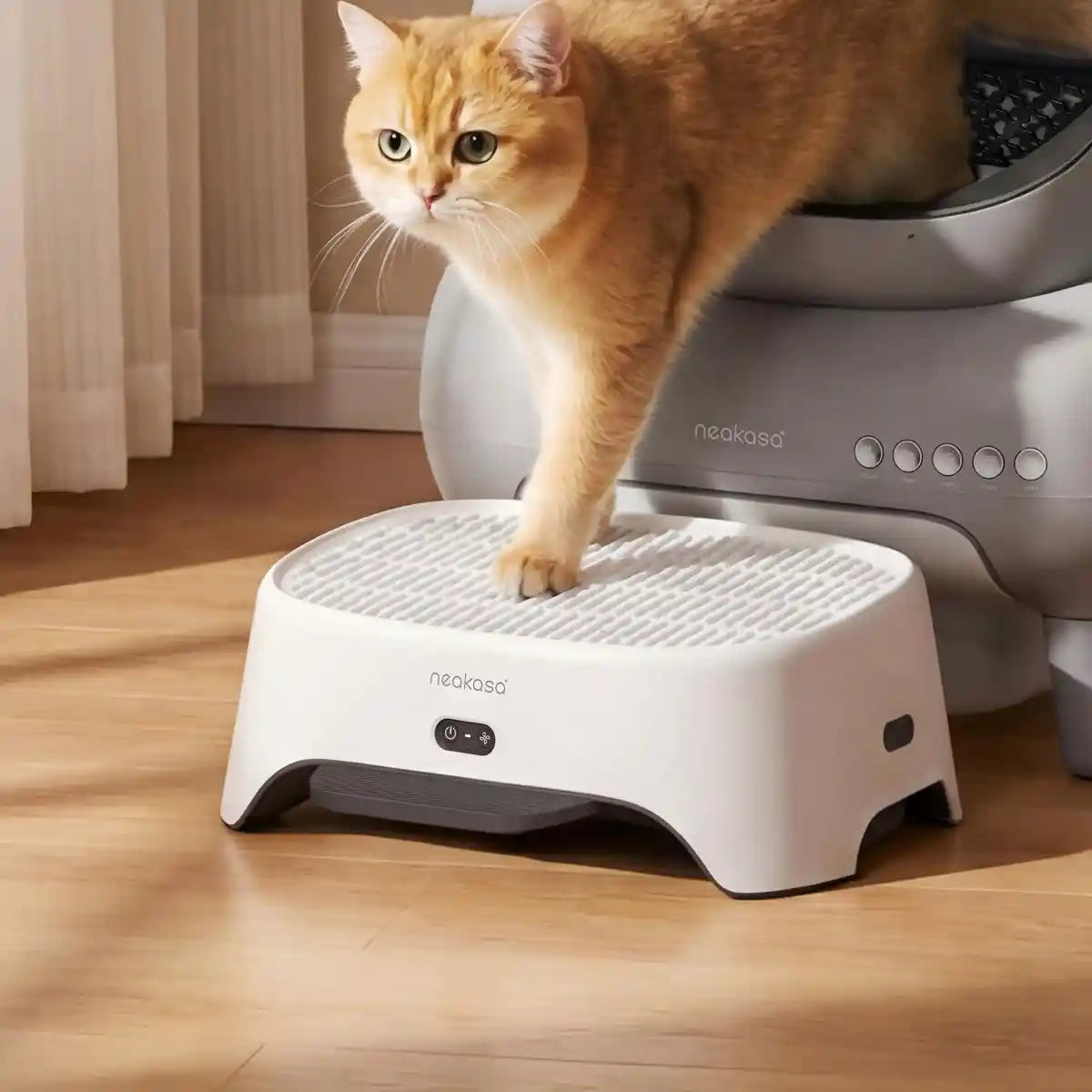
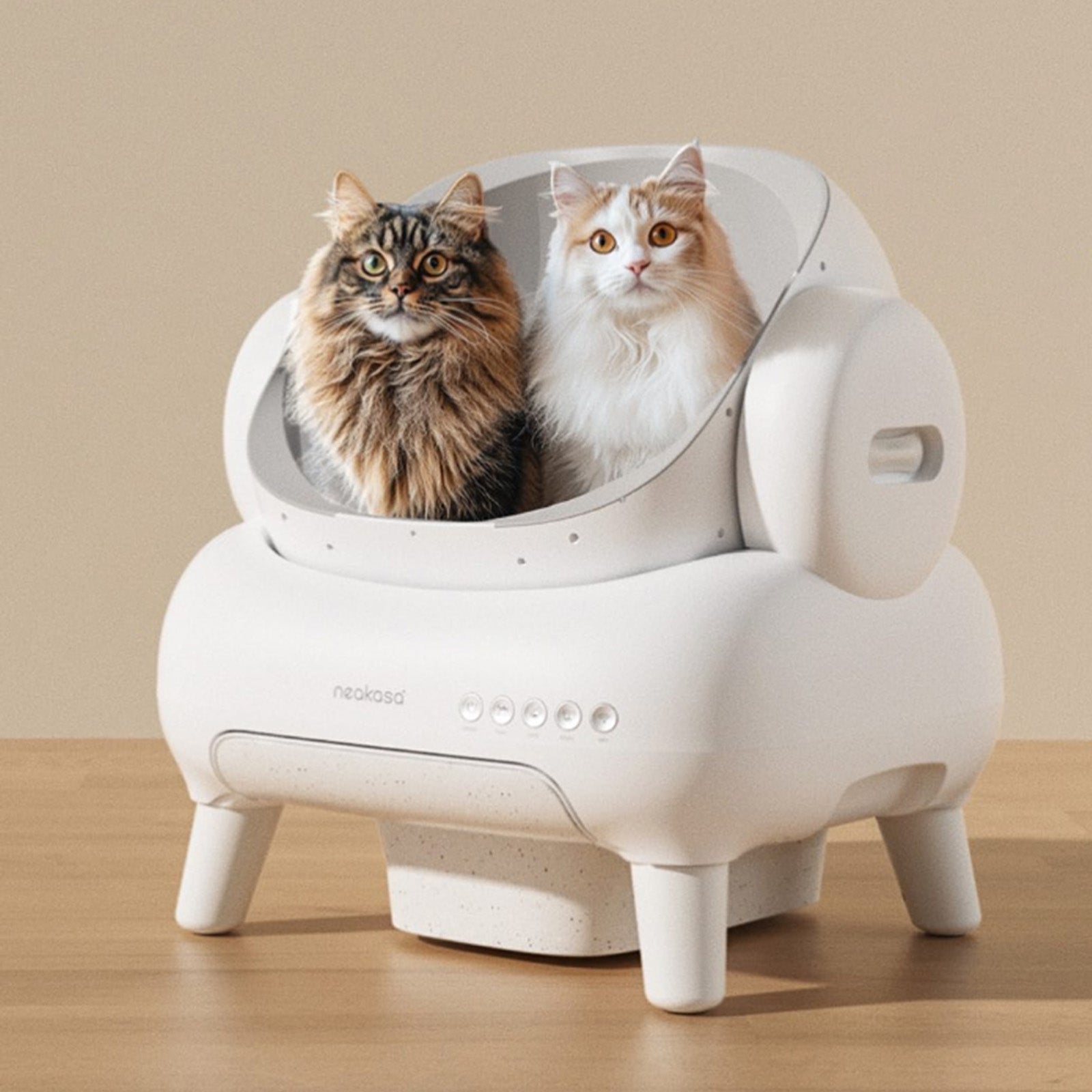
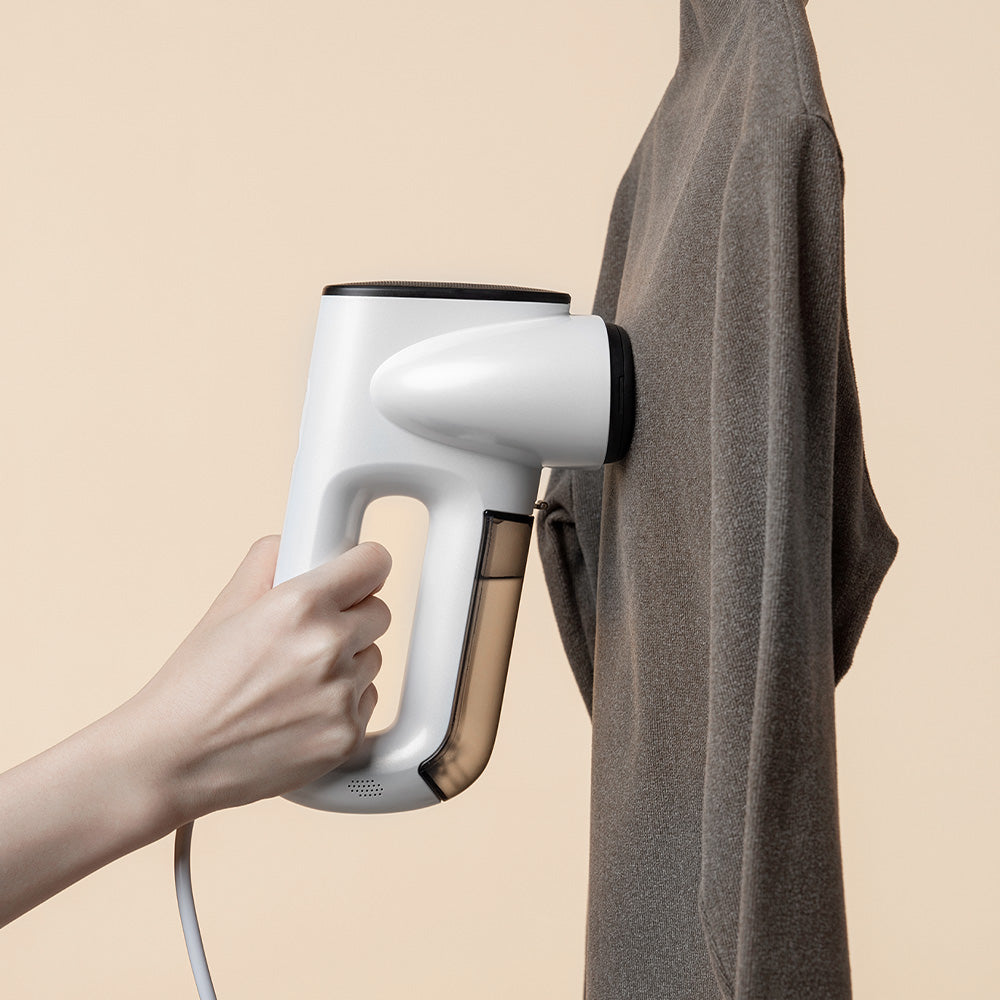
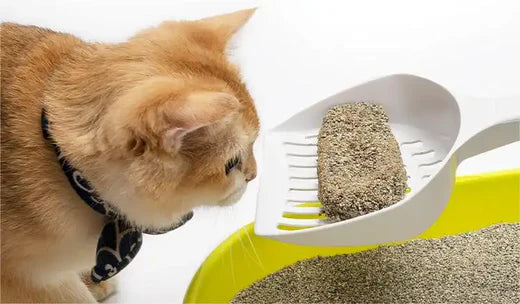
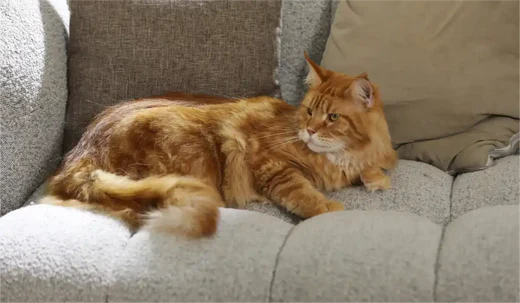
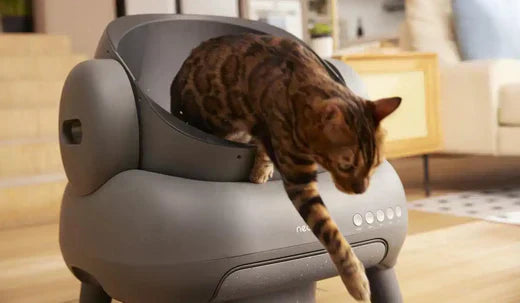
Leave a comment
This site is protected by hCaptcha and the hCaptcha Privacy Policy and Terms of Service apply.